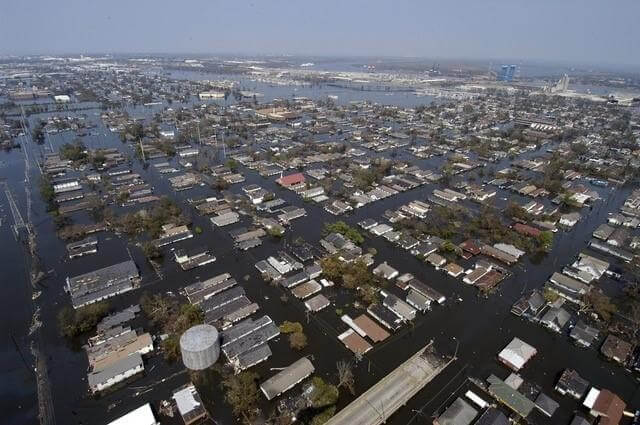Basic terminology of climate change
Climate change, global warming and sea level rise are terms that are used quite a bit, but what do they mean?
Think of the Earth’s atmosphere, ozone layer and naturally occurring greenhouse gases, as a cotton sheet. The cotton sheet envelopes the Earth, keeping gases and water vapor around the planet, allowing solar energy in and some thermal energy out and protecting every living thing from the ultraviolet rays of the sun. Without this sheet, the atmosphere, we would have some major problems. Earth would dry out, there would be no air to breath, the temperatures between day and night would fluctuate dramatically and the sun’s ultraviolet rays would damage living organisms. Planet Earth would be uninhabitable without the atmosphere.

Global warming is caused by an increase in greenhouse gases, including carbon dioxide and methane, in the atmosphere. The atmosphere, that protects our planet and allows life to thrive, naturally contains some greenhouse gases however when these levels get too high the gases in the atmosphere act like a down comforter instead of a sheet. The solar energy enters the atmosphere and the thermal energy, heat, is trapped under the “comforter”. This is essentially global warming.
Climate change is different from global warming and better describes the effect that many people experience from an increase in greenhouse gases. Climate is not the weather, climate is the average of the weather over an extended period of time. The increase in greenhouse gases in the atmosphere causes additional heat to be trapped, this results in hotter temperatures but also novel weather patterns, due to jet stream and ocean current changes. Warmer water and warmer air move differently, melting ice caps alter the ocean currents and warmer air holds more water vapor. These changes result in different weather like more intense winters, dryer seasons, more intense rainfalls. All of this variation is climate change.
The gradual increase in global temperature is melting ice caps and glaciers. As the land-based ice stores melt, they are creating a variety of impacts, including an increase in sea levels in some parts of the globe. The combination of sea level rise and climate change, caused by global warming, will be impacting many coastal and island communities for decades and possibly centuries to come.
If you want to find out more about how sea level rise will impact municipalities and how these problems can be minimized, contact the product specialists at Wapro.
Author: Lynn Burnett, Professional Engineer, LTA Engineers-LLC
